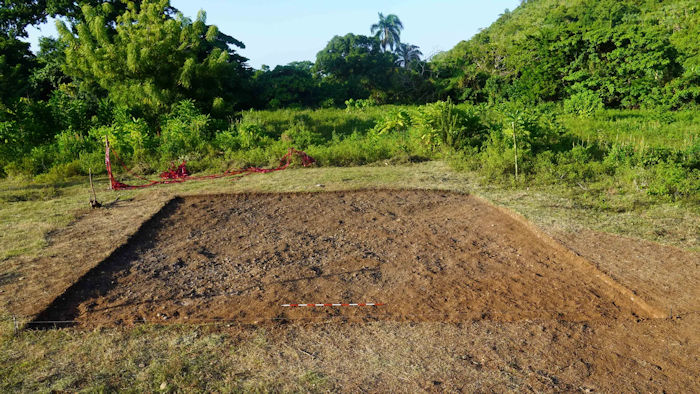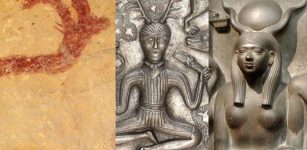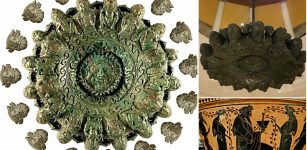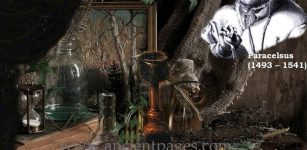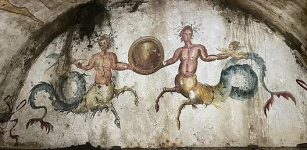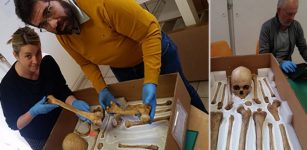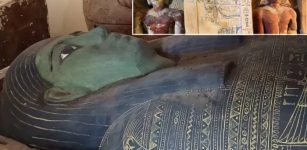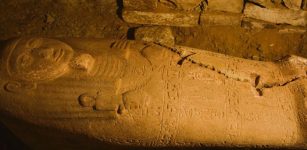Rare Pre-Columbian Archaic Settlement Discovered In The Dominican Republic May Solve A Caribbean Mystery
Conny Waters - AncientPages.com - Archaeologists, anthropologists, and historians have long tried to unravel a pre-Columbian mystery: who actually discovered the Caribbean?
Clues to solving this ancient riddle may be found in a rare, pre-Columbian Archaic settlement discovered by scientists in the Dominican Republic.
Samaná Peninsula, Dominican Republic. Credit: Danu Widjajanto - CC BY-SA 4.0
A team of Italian and Dominican archaeologists reports they have come across a new Archaic area belonging to a community with a pre-agricultural tradition on the Samanà peninsula, northeast of the Dominican Republic.
Archaeological information on the first settlement of the Central American islands is relatively scarce. The only existing data date back approximately fifty years and were obtained from sporadic research carried out in a non-scientific manner and published unsystematically.
Furthermore, the subsequent settlement of agricultural groups that populated Hispaniola contributed to erasing the traces of the oldest population, especially on the larger islands.
While previous studies have clearly highlighted the peopling pattern of the Taino agriculturalist groups, the origin of the pre-ceramic archaic populations remains unresolved. The only information available is that the pre-agricultural groups on the Caribbean islands were characterized by seasonal mobility. There is evidence that these people were hunting small animals, fishing, and gathering large and small mollusks both marine and terrestrial, and settling mainly near the coast.
Few Archaic settlements have been uncovered around the Caribbean to date and this is among the most promising.
El Pozito is the Dominican Republic's biggest Archaic discovery in 50 years. Credit: Francesco Genchi/Sapienza University of Rome
The pre-Columbian archaic site "El Pozito" (Spanish for "little well") is a settlement mainly characterized by a large portion of a workshop for raw material processing such as large marine molluscs.
Mollusca is the second-largest phylum of invertebrate animals after the Arthropoda, the members of which are known as molluscs or mollusks. Around 85,000 extant species of molluscs are recognized. The number of fossil species is estimated between 60,000 and 100,000 additional species.
At the site archaeologists also unearthed light shelters consisting of semi-circular alignments of postholes. On the outside, large areas of ash and charcoal are recognizable, indicating that seafood cooking took place.
A ground-breaking find was a small ritual well with 12 polished stone pestles buried inside. Credit: Francesco Genchi/Sapienza University of Rome
About a hundred tools made of polished local stone, such as pestles, hammers, anvils and large millstones used for crushing seeds, roots, and shells were found. Analyses showed traces of plant residues as well as marked signs of wear.
The most characteristic of these tools is the butterfly-shaped axe, which scientists believe was used for felling and cutting down trees to make canoes and oars. This tool is distinctive of the late pre-agricultural groups and is essential for delineating the archaic phases.
However, the most significant find relates to12 stone pestles buried inside a ritual well. The raw material of the stone pestles is different, and so is the manufacturing technique. Traces of wear and tear and numerous perfectly preserved residues are also visible on these instruments.
Since these tools were found lain in an area used to process primary resources necessary for their subsistence, it is thought that this represents some ritual offering linked to these groups' cultic sphere and connected to subsistence practices.
"The value of this discovery is directly proportional to our knowledge, which is almost non-existent, of both daily life practices and those related to the subsistence economy and the ritual sphere of the populations that inhabited the Caribbean before the agriculturalist period," Francesco Genchi of the Department of Environmental Biology at Sapienza University of Rome said.
Butterfly axes were likely used for felling trees to make canoes and oars. Credit: Francesco Genchi/Sapienza University of Rome
The results obtained from this new site with its archaic features," concludes Alfredo Coppa, "finally put us on the trail of the first communities that colonized the Central American islands. Research on the necropolis will allow us to start genetic analyses to shed light on the origin of the groups that inhabited it."
See also: More Archaeology News
The discovery was made as part of Sapienza's Archaeological and Anthropological Mission to the Caribbean Archipelago, coordinated by the Department of History, Anthropology, Religion, Art and Performing Arts; the Ministry of Foreign Affairs and International Cooperation (MAECI in Italian), and the Embassy of the Dominican Republic in Rome contributed to the project.
Written by Conny Waters - AncientPages.com Staff Writer


